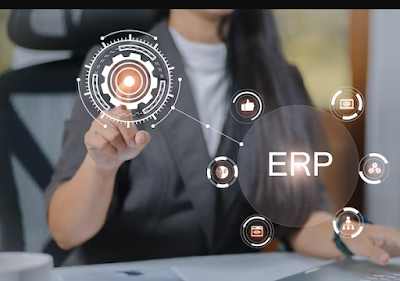Enhancing user experience through design-driven development
Design-driven development places the user at the center of the development process, focusing on creating an intuitive and visually appealing experience that meets their needs. By understanding the user's goals, behaviors, and pain points, developers can create a product that delivers a satisfying user experience.
Here are some ways design-driven development can enhance the user experience:
User-Centered Design Design-driven development begins with user-centered design. Developers must put themselves in the user's shoes and understand how they interact with the product. This requires researching user needs, behaviors, and preferences to identify pain points and areas of improvement. By understanding the user's perspective, developers can design a product that meets their needs and enhances the user experience.
Visual Design Visual design is an essential aspect of user experience. A visually appealing product can capture the user's attention and create a positive first impression. Developers must prioritize visual design in the development process to create a product that is aesthetically pleasing and easy to use. The use of color, typography, and layout can influence the user's perception of the product, and a well-designed interface can improve usability.
Usability Testing Usability testing is a critical component of design-driven development. It involves testing the product with real users to identify areas of improvement and ensure that the product meets their needs. Developers can gather feedback on the product's functionality, ease of use, and overall user experience. This feedback can be used to refine the product and create a more satisfying user experience.
Responsive Design In today's mobile-first world, responsive design is essential. Responsive design ensures that the product can be used on any device, including smartphones, tablets, and desktops. A responsive design can enhance the user experience by creating a seamless experience across different devices. This is particularly important for e-commerce websites, where users may switch between devices during the buying process.
Accessibility Accessibility is another critical aspect of design-driven development. Developers must ensure that the product is accessible to all users, including those with disabilities. This can be achieved by designing for accessibility, such as using high-contrast colors, ensuring readability, and including alternative text for images. By creating an accessible product, developers can enhance the user experience for all users, regardless of their abilities.
In conclusion, design-driven development is essential for enhancing the user experience. By prioritizing user-centered design, visual design, usability testing, responsive design, and accessibility, developers can create a product that meets the user's needs and enhances their experience. By investing in design-driven development, companies can create a competitive advantage by delivering a superior user experience that will keep users coming back.




Comments
Post a Comment